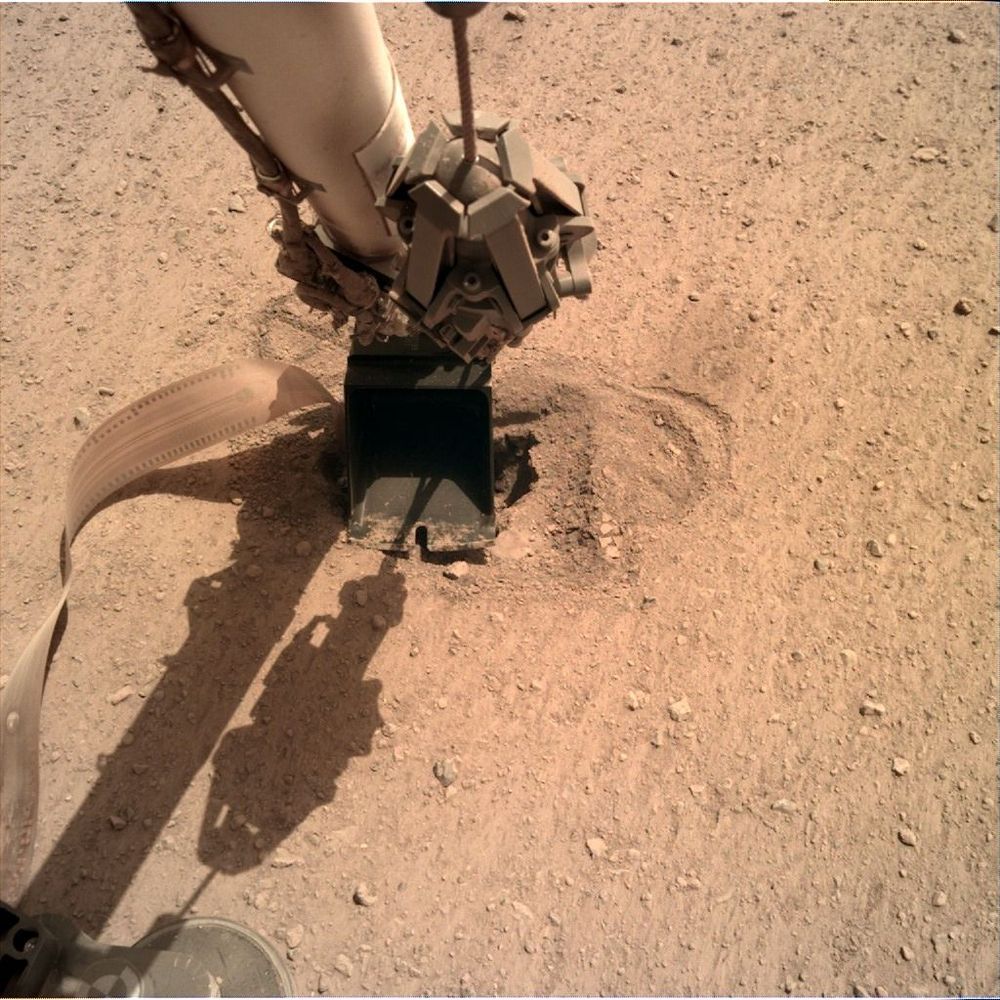
Category: space

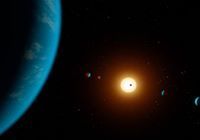
Six planet system found in almost perfect orbital harmony
Researchers discovered a star system with six planets which orbits in almost perfect rhythm…dubbed HD 158259 star is orbited by a super-Earth and five mini-Neptunes.
Best epic background music by MUSIC4VIDEO.
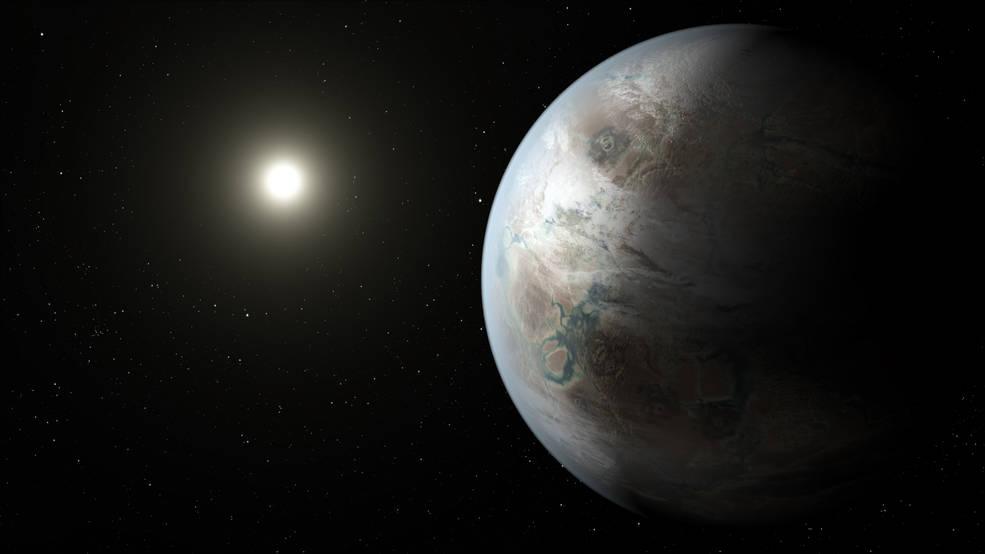
Scientists Find a ‘Mirror Image’ of Our Solar System
While scanning the skies, humanity has identified thousands of exoplanets orbiting distant stars. However, very few of them are at all similar to Earth. Now, the Max Planck Institute for Solar System Research in Göttingen reports a newly discovered exoplanet could be a “mirror image” of our own.
We currently lack the technology to directly image exoplanets, so we can only infer their presence via two methods. Astronomers either look for small wobbles in a star’s rotation caused by the gravity of planets or drops in brightness from our perspective on Earth, which indicates a planet has transited the star. Kepler used the latter method to identify more than 2,600 exoplanets, and that number will probably continue to rise. Teams like the one from the Max Planck Institute are still combing through the luminance data gathered by Kepler to uncover new exoplanets. That’s how they found the very Earth-like candidate exoplanet KOI-456.04.
If it exists, KOI-456.04 orbits a sun-like star called Kepler-160 about 3,000 light-years away from Earth. Previous analysis of Kepler-160 revealed two large exoplanets — these gas giants are much easier to spot in the background noise, so many of the worlds we’ve discovered are very unlike Earth. One of those planets, Kepler-160c, showed small perturbations in its orbit that could indicate another planet, so the Max Planck Institute set out to find it.

Down to Earth — A Giant Astronomical Machine
As we celebrate the #SpaceStation20th anniversary, NASA astronaut Don Pettit explains how his perception of the Earth changed during his time aboard the space station.

Hubble Space Telescope Turns 30
Go NASA’s Hubble Space Telescope. It’s your birthday. ✨
This Friday marks 30 years of stunning imagery and ground breaking discoveries for the one-of-a-kind orbiting telescope. Join us in observing #Hubble30 by sharing your favorite galactic image! https://go.nasa.gov/3aoSMxH
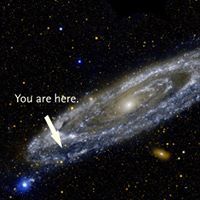
How Big The Universe Really Is?
It took centuries, but we now know the size of the Universe, this will blow your mind! 😱
More space facts: https://amazingfact.co/category/spacefacts/
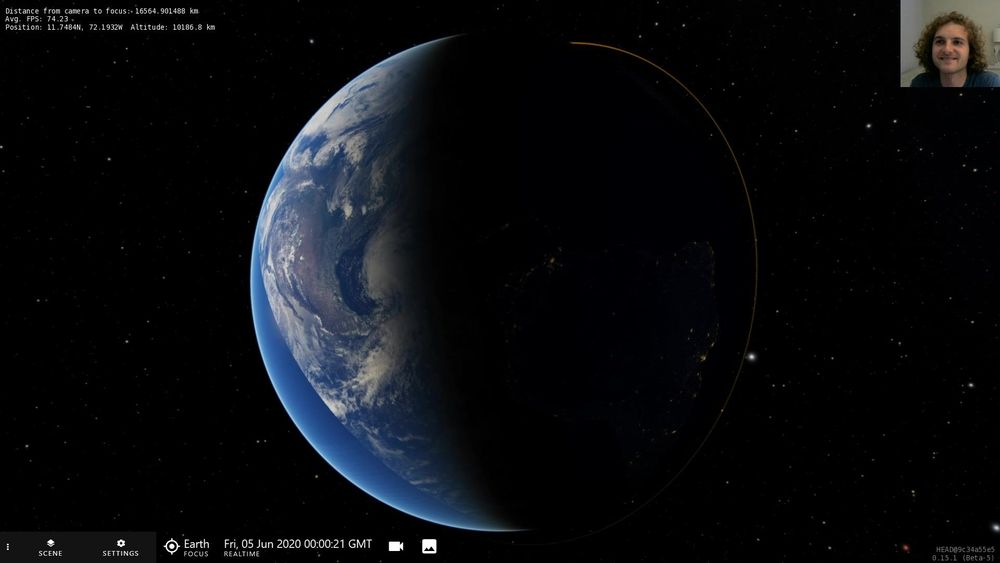
Join INTUITIVE Planetarium Director David as he tours the Earth
Join INTUITIVE Planetarium Director David as he tours the Earth, the Milky Way, and discusses what else resides far beyond using OpenSpace, an open-source tool available online for everyone!

Can Vertical Farms Fix the Future of Food?
Singapore has only 1% of its land available for agriculture, so it imports 90% of its food requirements. The government is looking to curb this dependence on outside food sources under a programme titled ‘30 by 30,’ which aims to allow Singapore to grow 30% of its produce by the year 2030. Local vertical farms like Sustenir are at the forefront of bringing about this change. VICE visits the sustainable start-up to understand the future of food.
About VICE:
The Definitive Guide To Enlightening Information. From every corner of the planet, our immersive, caustic, ground-breaking and often bizarre stories have changed the way people think about culture, crime, art, parties, fashion, protest, the internet and other subjects that don’t even have names yet. Browse the growing library and discover corners of the world you never knew existed. Welcome to VICE.
Connect with VICE:
Check out our full video catalog: http://bit.ly/VICE-Videos
Videos, daily editorial and more: http://vice.com
More videos from the VICE network: https://www.fb.com/vicevideo
Like VICE on Facebook: http://fb.com/vice
Follow VICE on Twitter: http://twitter.com/vice
Follow us on Instagram: http://instagram.com/vice
The VICE YouTube Network:
VICE: https://www.youtube.com/VICE
MUNCHIES: https://www.youtube.com/MUNCHIES
VICE News: https://www.youtube.com/VICENews
VICELAND: https://www.youtube.com/VICELANDTV
Broadly: https://www.youtube.com/Broadly
Noisey: https://www.youtube.com/Noisey
Motherboard: https://www.youtube.com/MotherboardTV
VICE Sports: https://www.youtube.com/NOC
i-D: http://www.youtube.com/iDmagazine
Waypoint: https://www.youtube.com/Waypoint
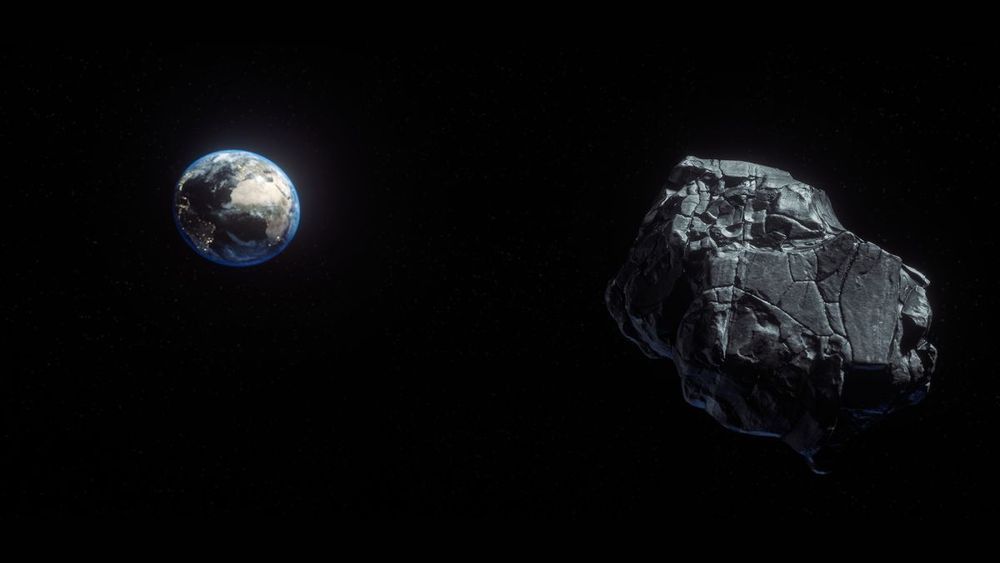
Stadium-size asteroid will safely fly
While 2020 continues to be a difficult year, there is a little good news to look forward to tonight (June 5): a near-Earth asteroid will whiz safely by our planet, and astronomers may be able to see the monster rock’s flight through telescopes.
The asteroid, known as 2002 NN4, is approaching Earth – but fortunately, not too closely. The space rock will fly by at the equivalent of 13.25 times the distance between Earth and the moon, which is roughly 3.2 million miles (5.2 million kilometers) from our planet. The asteroid’s closest approach to us will be at 11:20 p.m. EDT (0320 GMT June 6).
